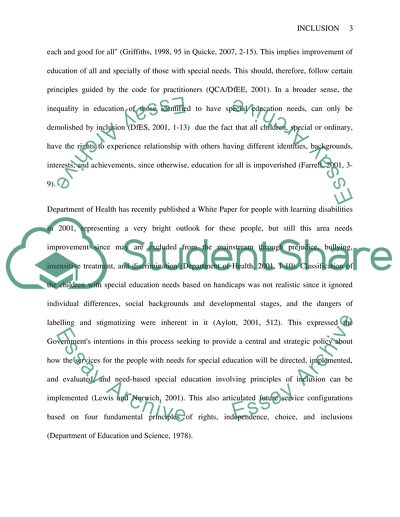Cite this document
(“Inclusion and special educational needs (including challenging Essay”, n.d.)
Retrieved from https://studentshare.org/miscellaneous/1548673-inclusion-and-special-educational-needs-including-challenging-behaviour
Retrieved from https://studentshare.org/miscellaneous/1548673-inclusion-and-special-educational-needs-including-challenging-behaviour
(Inclusion and Special Educational Needs (including Challenging Essay)
https://studentshare.org/miscellaneous/1548673-inclusion-and-special-educational-needs-including-challenging-behaviour.
https://studentshare.org/miscellaneous/1548673-inclusion-and-special-educational-needs-including-challenging-behaviour.
“Inclusion and Special Educational Needs (including Challenging Essay”, n.d. https://studentshare.org/miscellaneous/1548673-inclusion-and-special-educational-needs-including-challenging-behaviour.


